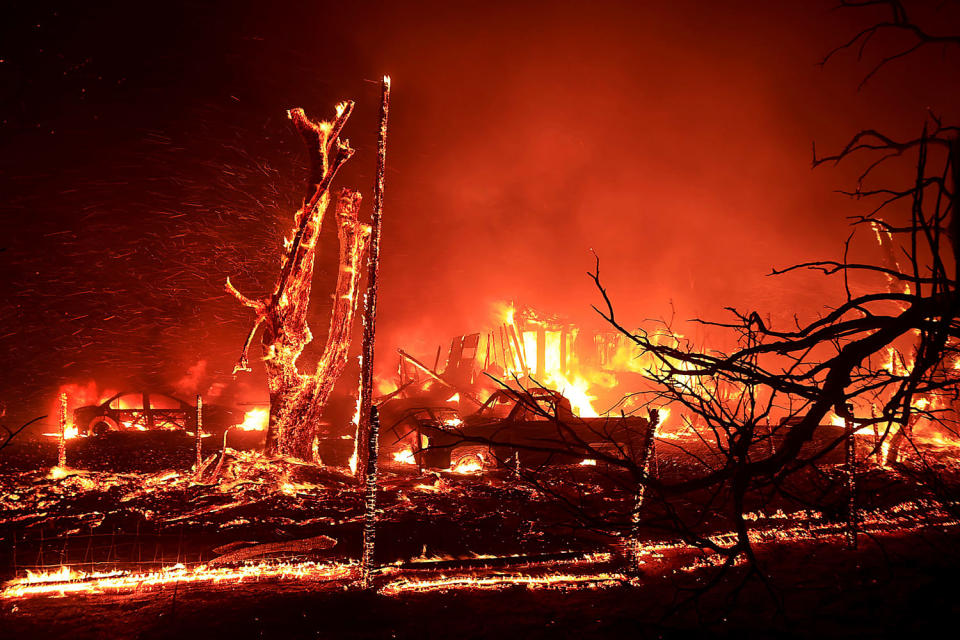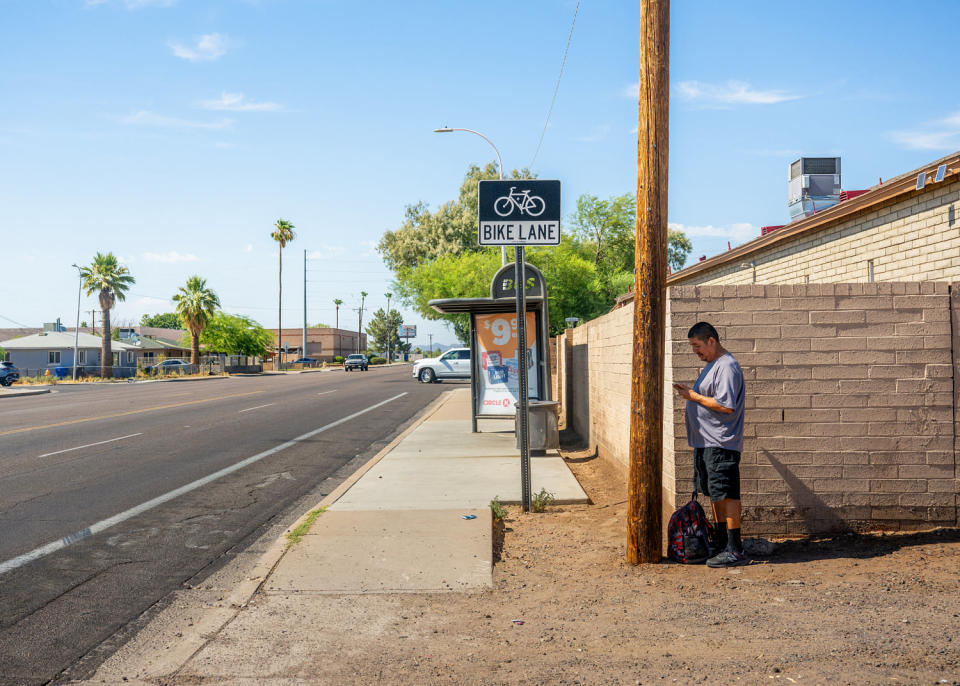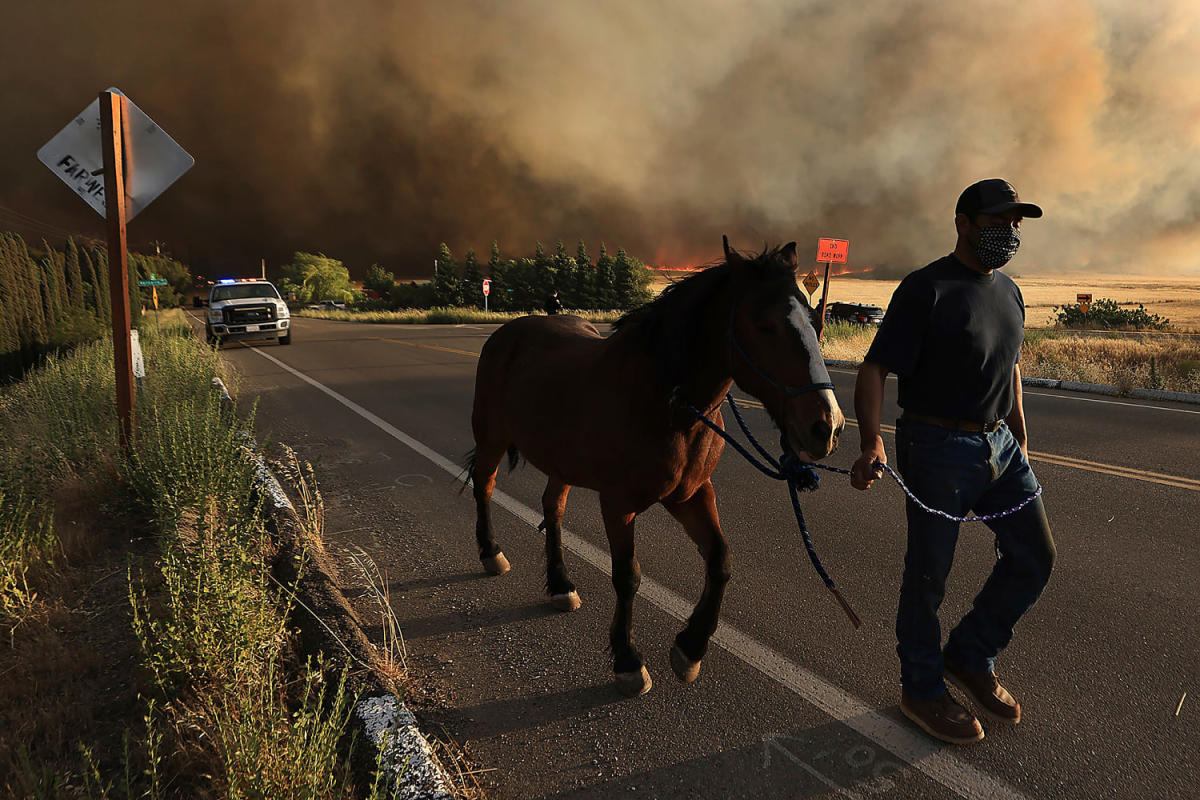Following a bout of extreme pre-summer heat in Texas and Florida, California and Arizona are next in line for temperature spikes.
The National Weather Service is forecasting a heat wave throughout much of the Southwest and parts of California from Tuesday through Thursday as a ridge of high pressure centers over the region.
The forecast suggests temperatures may climb to 113 degrees Fahrenheit in Phoenix and could reach 108 in California’s Central Valley.
“It’s coming early,” said Eric Kurth, a meteorologist with the National Weather Service in Sacramento, California. “Heat is here, and we need to prepare.”
By Wednesday, most Southwest communities will have moderate, major or extreme heat risks, according to a new map of heat risk from the National Weather Service.
High temperatures could also raise fire risk. Already, a grass fire took off over the weekend near the Central Valley community of Tracy, California, about 65 miles east of San Francisco. The blaze, dubbed the Corral Fire, quickly grew to more than 14,000 acres, closed highly used Interstate 580 and prompted evacuations.
“We had sustained winds 20 to 30 miles an hour and then we had wind gusts of up to 60 miles an hour. People reported that they couldn’t even stand up straight,” said Cecile Juliette, a public information officer for the California Department of Forestry and Fire Protection.
It represents an early start to the fire season, she added: “We normally see a lot more fire activity in July, August September. This just indicates that people need to be ready to evacuate at a moment’s notice.”

By Monday morning, firefighters had developed a containment line around three-quarters of the fire.
“Humidities are starting to drop,” Kurth said. “We have seen an uptick in grass fires.”
He noted that the heat wave beginning this week wouldn’t be uncommon for August in central California, but he said its early nature could make it more significant because “people aren’t adjusted to the heat.”
“When we get an earlier season heat event, it can have more impact on people,” he said.
In mountainous areas of the West, he said, early-season waves can also increase drowning risks, because people often flock to rivers running with fresh snowmelt.
“We have some pretty cold temperatures in the water and strong currents,” Kurth said. “Be careful; wear life vests.”
The National Oceanic and Atmospheric Administration predicted last month that 2024 will be one of the five warmest years in recorded history and said it has a decent chance to be the hottest on record.
Last year, deaths spiked as prolonged heat waves battered much of the South and the Southwest.


The death certificates of more than 2,300 people who died in the U.S. last summer mentioned heat, according to an Associated Press analysis of Centers for Disease Control and Prevention data — the most in 45 years.
Heat is the leading weather-related cause of death in the U.S. But its consequences are sometimes obscured in death certificate data because heat often aggravates underlying conditions, such as heart disease, respiratory problems or kidney disease. Texas A&M researchers estimated that 11,000 people most likely died who otherwise wouldn’t have because of heat last year, the AP reported.
Weather patterns like the high-pressure ridge expected to form this week were to blame for many of those deaths.
The Phoenix area endured temperatures above 110 degrees on all but one day of July last year, according to National Weather Service data — something scientists have since determined was “virtually impossible” but for the effects of climate change. In Maricopa County, home to Phoenix and many of its suburbs, at least 645 people died from heat-related causes last year, a 52% increase over the previous year.
This article was originally published on NBCNews.com

Dr. Sarah Adams is a scientist and science communicator who makes complex topics accessible to all. Her articles explore breakthroughs in various scientific disciplines, from space exploration to cutting-edge research.








